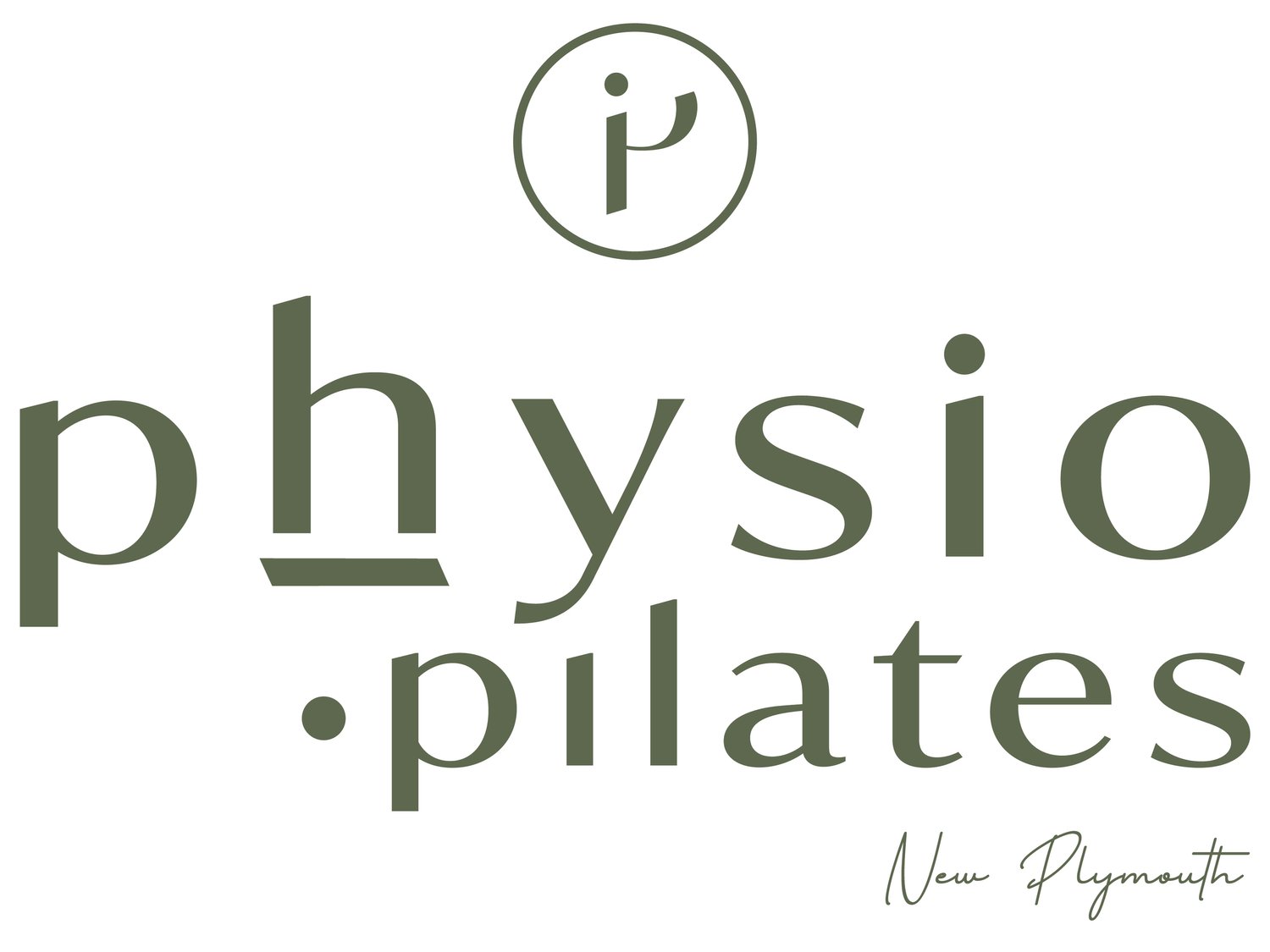How to Reduce Low Back Pain (without drugs)
Low back pain is a common ailment that affects many people at some point in their lives. It can be caused by a variety of factors, including poor posture, muscle strain, injury, and age-related degeneration. While low back pain can be a frustrating and uncomfortable experience, there are effective ways to manage and alleviate it.
One of the most important things to keep in mind when dealing with low back pain is to keep moving. When we experience pain, our natural inclination is to avoid any movements that might exacerbate it. However, this can actually make the pain worse by causing muscle guarding, stiffness, and tightness. Instead, it's important to continue moving as much as possible, even if it's just gentle stretching or walking. Speak with your GP or Pharmacist if the pain is unbearable or impacting your sleep.
Another important tip is to avoid jumping to conclusions and getting scans too quickly. Research has shown that in 80% of cases, non-specific low back pain will resolve on its own within 3-6 months. Rushing to get scans and other diagnostic tests can actually prolong recovery time and increase anxiety and stress levels. Instead, focus on taking control of your injury and managing your pain through gentle exercise and self-care.
Managing your sleep is another important aspect of managing low back pain. Getting a good night's sleep is essential for your body to rest and repair itself, and poor sleep can exacerbate pain and make it more difficult to manage. Prioritize getting enough sleep each night, and consider using relaxation techniques like meditation or deep breathing exercises to help you relax and fall asleep more easily.
Finally, try incorporating gentle core work into your exercise routine. Pain can cause the muscles around the spine to become inhibited and not work properly, which can exacerbate pain and lead to further muscle imbalances. Gentle exercises that focus on building strength and stability in the core can help alleviate pain and improve overall function.
According to a recent meta-analysis published in the Journal of Orthopaedic & Sports Physical Therapy, the most effective programs for managing low back pain include Pilates and strength exercises. These programs typically involve at least 1 to 2 sessions per week, with sessions lasting less than 60 minutes. Training programs should last from 3 to 9 weeks and focus on core-based, strength, and mind-body connection exercises.
If low back pain is getting you down why not come in & see one of our friendly team? Incorporate Pilates and strength exercises into your routine, stay active, avoid unnecessary scans (but see a healthcare provider to rule out any red flags just to be sure), prioritise your sleep, and incorporate gentle core work to help alleviate pain and help you to move well.
J Orthop Sports Phys Ther 2022;52(8):505-521. Epub: 19 June 2022. doi:10.2519/jospt.2022.10671
